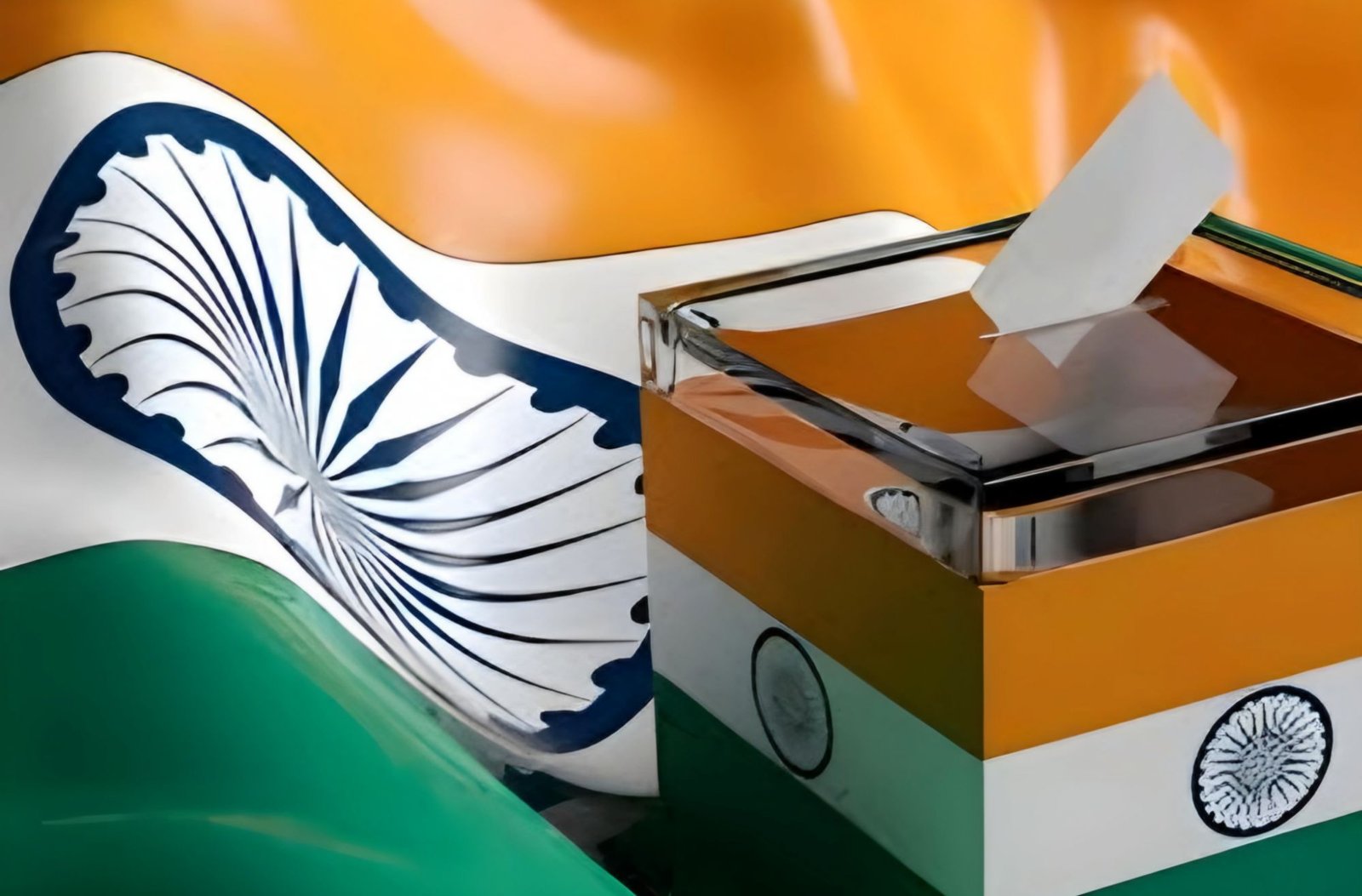
Under 100 Words: A Compact Summary
The Election Commission of India released the schedule for the Lok Sabha elections, spanning from April 19 to June 1. Measures to ensure fairness, environmental sustainability, and combat illicit money flow were highlighted by CEC Rajiv Kumar. By-elections will coincide with parliamentary polls (Lok Sabha Elections in India).
- The Election Commission of India (EC) announced the schedule for the upcoming Lok Sabha elections. Polling for the 543 Lok Sabha constituencies will take place over seven phases, spanning from April 19 to June 1, with the counting of votes scheduled for June 4.
- Phase I is set for April 19, Phase II for April 26, Phase III for May 7, Phase IV for May 13, Phase V for May 20, Phase VI for May 25, and Phase VII for June 1 (Lok Sabha Elections in India).
- Here’s the breakdown:
Phase 1: April 19 – 102 constituencies across 21 States and Union Territories.
Phase 2: April 26 – 89 constituencies across 12 States and Union Territories.
Phase 3: May 7 – 94 constituencies across 12 States and Union Territories.
Phase 4: May 13 – 96 constituencies across 10 States and Union Territories.
Phase 5: May 20 – 49 constituencies across 8 States and Union Territories.
Phase 6: May 25 – 57 constituencies across 7 States and Union Territories.
Phase 7: June 1 – 57 constituencies across 8 States and Union Territories.
- The model code of conduct came into effect on the evening of March 16 and will remain in place until the completion of the vote-counting process on June 4.
- The 2019 Lok Sabha elections took place over seven phases from April 11 to May 19, whereas the 2014 general elections were conducted in nine phases (Lok Sabha Elections in India).
- Over 1 million polling booths were established nationwide, a significant increase from the 90,000 in 2014, to accommodate the 912 million eligible voters. Voter turnout exceeded 67 percent.
- The previous general elections witnessed the highest female participation in voting to date and registered the highest overall voter turnout (Lok Sabha Elections in India).
- Chief Election Commissioner Rajiv Kumar stated that strict directives have been issued to District Magistrates and Superintendents of Police (SPs) to ensure a level playing field.
General Election to Lok Sabha 2024- State wise data in each Phase#ECI #GeneralElections2024 #MCC pic.twitter.com/HPVrb23Bh7
— Election Commission of India (@ECISVEEP) March 16, 2024
- Central Armed Police Forces (CAPF) will be deployed adequately and supported by Integrated Control Rooms in each district. Checkposts and drones will be utilized to maintain vigilance (Lok Sabha Elections in India).
- He further emphasized the Election Commission’s commitment to environmentally sustainable elections. “We are taking steps to reduce the usage of single-use plastic and promote eco-friendly practices during the electoral process,” he remarked.
- CEC Kumar highlighted that extensive reviews with enforcement agencies have been conducted to curb the influx of illicit money. “In the last 11 state assembly elections held in Rajasthan, Telangana, Madhya Pradesh, Karnataka, Chhattisgarh, Mizoram, Meghalaya, Nagaland, Himachal Pradesh, Gujarat, and Tripura, cash movement totaling around Rs 3,400 crore was restricted,” stated CEC Kumar. “Initiatives such as the ESMs portal and improved coordination between agencies have led to a significant increase in seizures during the last 11 elections,” he added.
- CEC Kumar affirmed that there is no tolerance for violence or bloodshed during elections. “We will take action against any reports of violence we receive,” he asserted (Lok Sabha Elections in India).
- The Election Commission also announced that by-elections in 26 constituencies and four state assemblies will be conducted simultaneously with the parliamentary elections (Lok Sabha Elections in India). This means that the dates for the by-elections and the state assembly elections in Odisha, Sikkim, Arunachal Pradesh, and Andhra Pradesh will coincide with the Lok Sabha polling.
ALSO READ – PM Modi Inaugurates 15 Airport Projects Virtually, Valued at Rs 9,800 Crore.